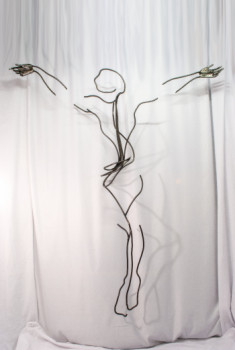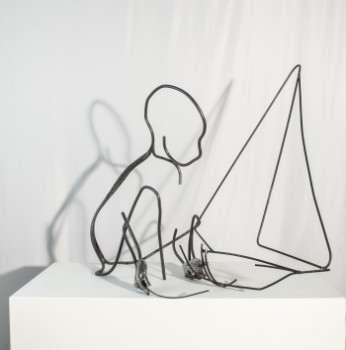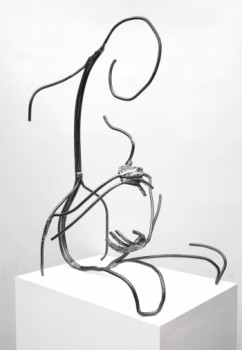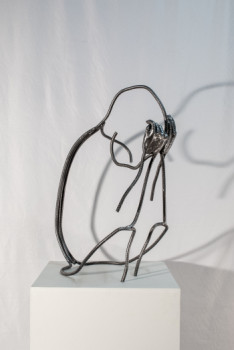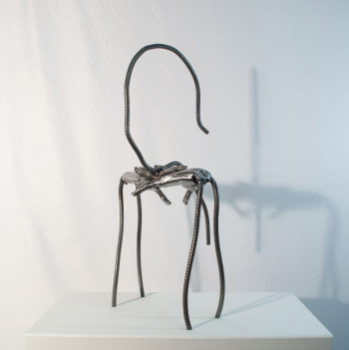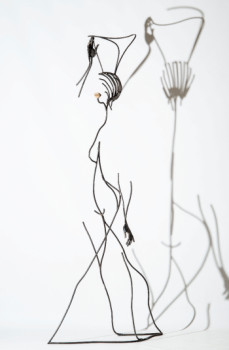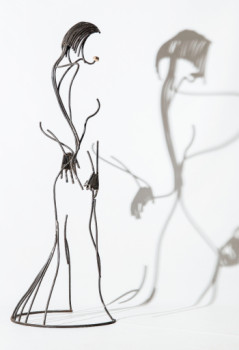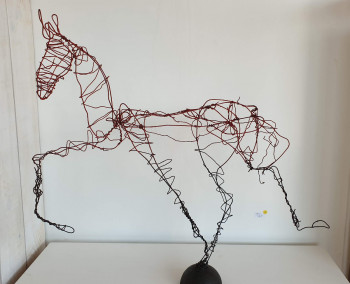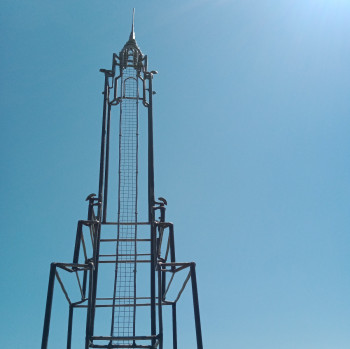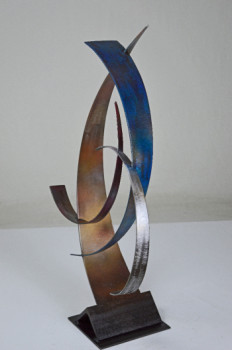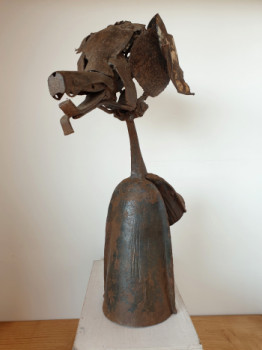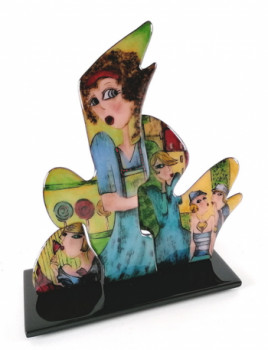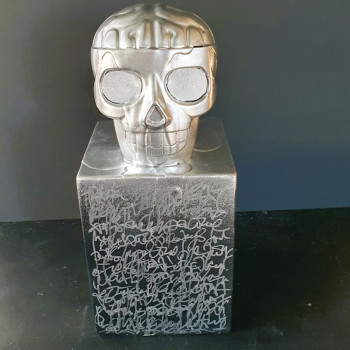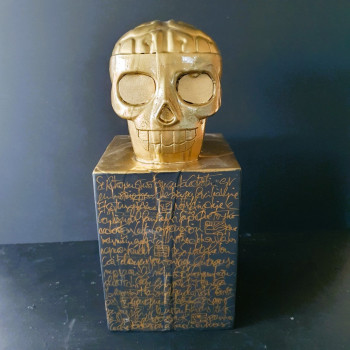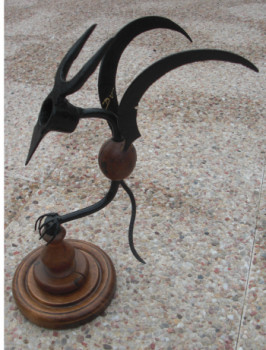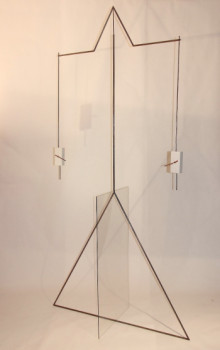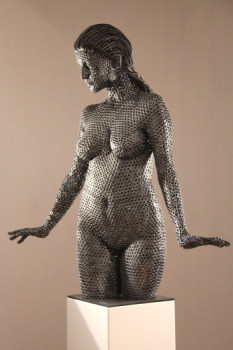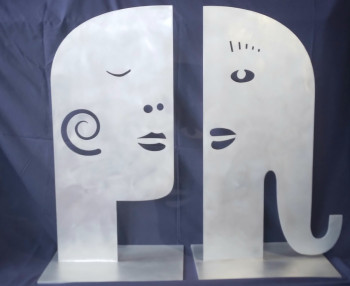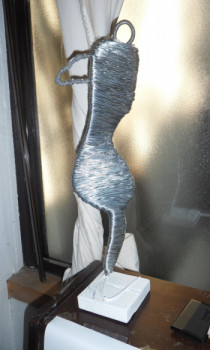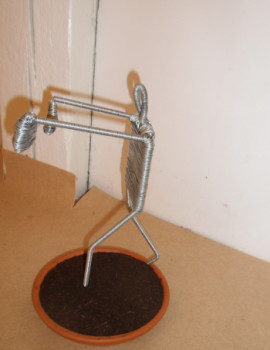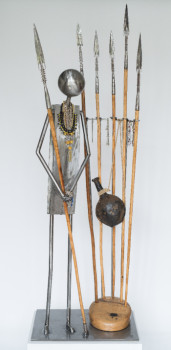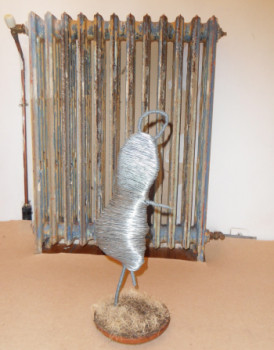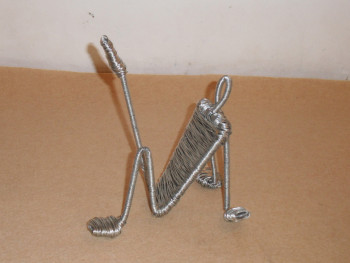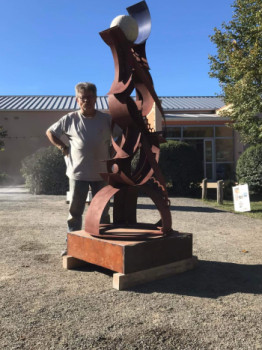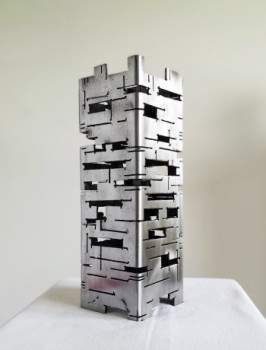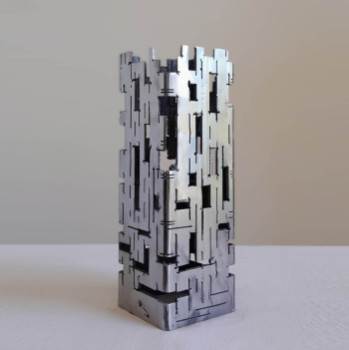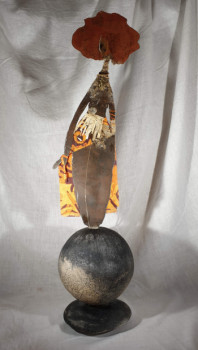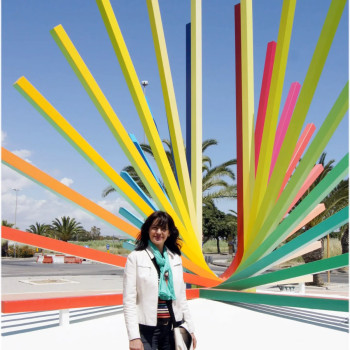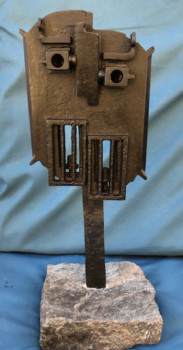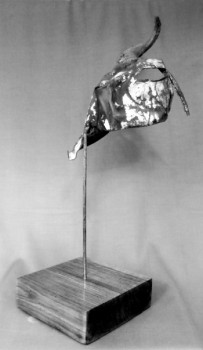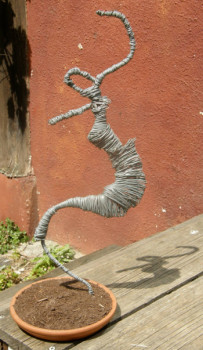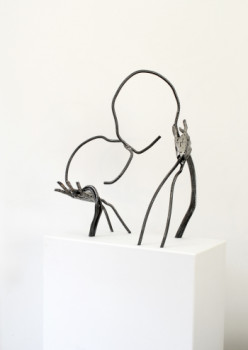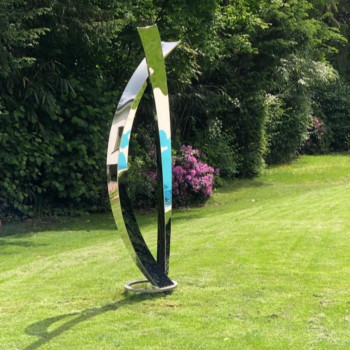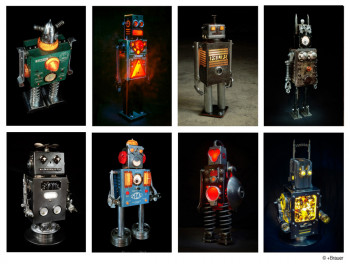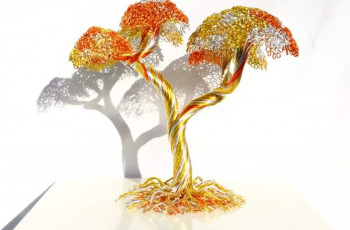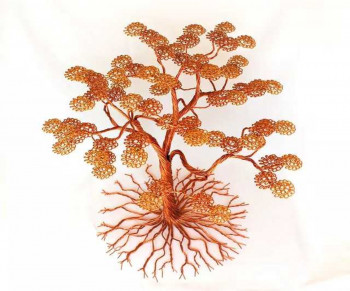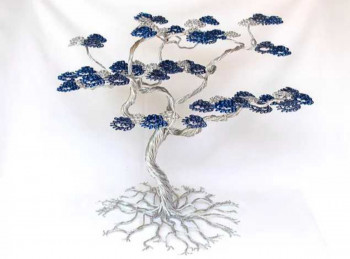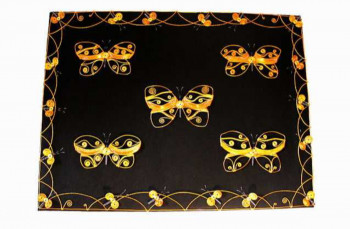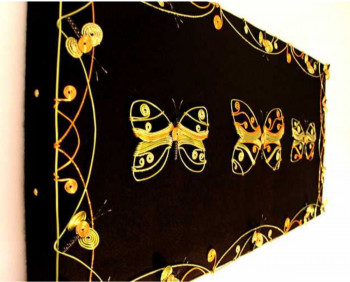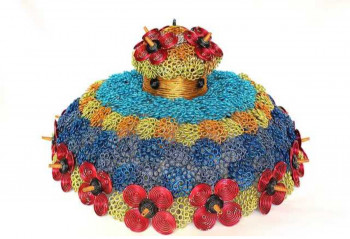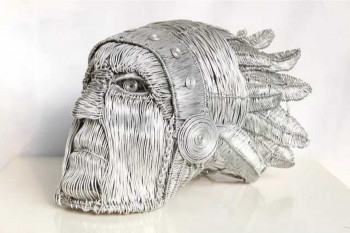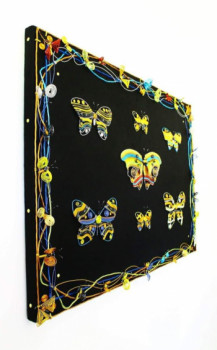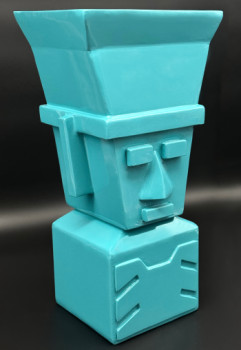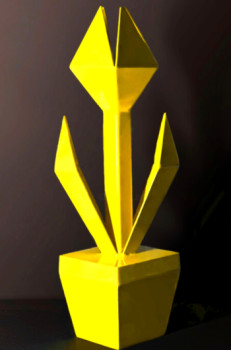
Metal sculpture
Metal sculpture is an artistic activity that requires mastering an artistic project and sensitivity in addition to 'a technical skill linked to the work of the material(s).
What is metal sculpture?
sculpture is an activity. artistic in which the artist produces shapes in volume.
Metal sculpture obviously involves using metal as the final rendering material. The interest of metal lies in its malleability. To give birth to a metal sculpture the artist sculptor can, however, work on his work beforehand. from another material, such as clay for example. What is called lost wax can also be used, the wax is here applied to its clay model before heating it. Depending on the metal used, different processes can be used. The sculptor can work with lead, steel, copper, bronze, gold...
History of metal painting
Metal sculpture is a technique used by men since Antiquity. : gold, bronze, copper... They are worked by foundry or by hammering. Gold was worked for example in Egypt to create masks or religious figurines. Bronze was used by the Greeks and Romans to design immense sculptures. Techniques have evolved over the centuries. Particularly during the Renaissance and then with the advent of society. modern industrial from the end of the 19th century.
Examples of metal works
- The mask of Tutankhamun, 14th century BC
The funeral mask of Tutankhamun is also called the funeral mask of Tutankhamun. also gold mask of Tutankhamun because of the sumptuousness of the mask of its essential matter. This sculpture is made of gold and precious stones and is a majestic work. The artist having developed this funeral mask was assembled 2 gold plates attached by hammering and soldered. The dimensions of the mask are 54x 39.3x49 cm. Its weight is 10.32 kg of solid gold and precious and semi-precious stones, which makes its price inestimable.
The mask highlights stretched eyes, luscious lips, a nose and a chin highlighting the standards of beauty. of place and time. Tutankhamun wears the nemes, the famous striped headdress. gold and blue bands.
Two protective gold animals, the vulture and the cobra, overlook the mask. He also sports a false beard braided in gold.
Here, the artist working on the commission for this funeral mask used gold to symbolize magnificence and single out a character. leaves in the world of men, the height of a god.
- The Thinker, Auguste Rodin, 1880-1902
Rodin is often cited; as the master of modern sculpture. It is influenced by in his youth by a trip to Italy where he is dazzled by the works of the great masters of the Renaissance including Michelangelo and Leonardo da Vinci.
the acmé During his career, 50 assistants worked for him. The master molds the sculptures in clay or plaster and then his assistants reproduce them in marble, bronze, etc.
The Thinker, in bronze, is one of the most famous sculptures of the artist. It is a man meditating, seeming to have to face something new. a difficult choice. The dimensions of the sculpture are 1.80× 0.98x1.45m. The original modeling is made of plaster. The bronze statue dates from 1902. This sculpture is part of a commission from the Museum of Decorative Arts in Paris to illustrate the Divine Comedy by Dante Alighieri.
- Floating Clouds , Alexander Calder, 1953
Alexandre Calder is recognized for having invented the mobile sculpture. He designs abstract sculptures where Various parts are assembled by wires or ropes. They are frequently suspended in the air. Floating Clouds is located next door. Caracas. It is in a declared space. world heritage of humanity.
The panels of the sculpture are made up of two pieces of wood held in a steel frame. They are held to the ceiling and walls by metal cables. During the installation an orchestra played; on stage to guarantee beautiful spatial harmony. The work is made up of 31 clouds. The largest of them is 80 m 2. Ladders were added. installed so that the public can climb into the clouds.
- The Walking Man, Alberto Giacometti, 1960
Giacometti is an associated artist; for his sculptures in the existentialist direction. His sculpted works are recognizable by their elongated figures. The Walking Man and its different versions are emblematic sculptures by Alberto Giacometti. His talent demonstrates that metal sculpture can capture movement and give the impression of mobility. Here, this feeling is linked to the position of the legs. These so fine and straight demonstrate their progress by the displacement of the weight of the body which seems to occur between them. Leaning bust is an element that completes the idea of movement. Head position and arm tension complete the demonstration. The artist arrives with a straight and immobile sculpture at a glance. express the imbalance.
- Maman, Louise Bourgeois, 1999
Louise Bourgeois is a renowned artist. Traumatized by her father's ostentatious infidelities during her childhood, she creates around the theme of father and mother. The Maman sculpture represents a spider almost 10 m high and wide. Its abdomen and thorax are made of bronze. The only points of support on the ground are the ends of the spider's eight legs. These are almost identical to each other. vertically, before reaching the rest of the body. The work is a tribute to the strength of the sculptor's mother. With the spider, she uses the metaphors of spinning and weaving in relation to the profession of her upholsterer mother to image maternal care and protection.
